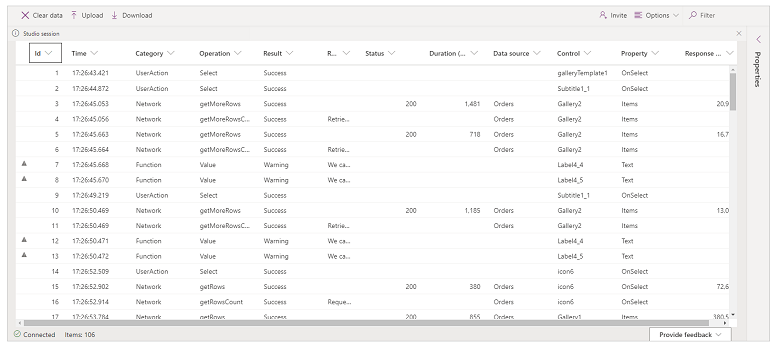What’s New with Microsoft’s Power Platform in July 2023

Summer is in full swing, and it is hot out there! Speaking of hot things, Microsoft just released last month the 2023 Release Plan Wave 2 for its Power Platform, which details updates coming between October 2023 and March 2024. Let’s take a look at what’s in the pipeline!
Power Apps: More upcoming AI-assisted features
Obviously, the most exciting thing for Power Apps is what’s coming with Copilot. Two features are coming in public preview in October 2023 with no GA date set as of this writing.
First, makers will be able to use Copilot to write Power Fx formulas using natural language. Instead of spending hours figuring out that complex nested formula, you’ll be able to ask Copilot to help! This feature was previously available as Power Apps Ideas, but it’s getting updated and combined with Copilot for updates and consistency.
The second upcoming feature is the ability to use Copilot to build and edit apps, primarily regarding design. Instead of manually updating all the labels in an app to have a font size of 18, you’ll be able to tell Copilot to do it. Want to add a screen or a button? Again, Copilot will be able to do it for you. This truly seems to be a game-changer!
Now let’s talk about some long-awaited updates to Power Apps. How many times have you fought with the size of the Power Fx bar in your Power Apps career? I’ve fought it more often than I’d like to admit, so I’m thrilled about an upcoming feature that allows the maker to dock the PowerFx bar on the top, right, or bottom of the screen, or even pop it out into a new window. Words cannot express how excited I am about this feature. Sometimes, it’s the little things that matter most!
Next up, we’ve got a few enhancements to Monitor debugging. Monitoring is useful when troubleshooting what’s happening in an app, but it has its limitations: it’s hard to find, hard to get connected to an app, and a lot of useless data comes through. Overall, it can be hard to figure out how to use it successfully, but Microsoft is doing work to make it easier to discover when in the Maker Studio. The company will also reduce redundant data and include the ability to filter, sort, highlight, and search it.

Power Automate will support longer running automations
The most exciting feature coming for Power Automate is the ability to run a cloud flow for more than 30 days. This has been a frustrating limitation when running approvals or other cloud flows that might need to execute for longer than 30 days, but there’s currently not any information about how much longer the flows will execute. This feature is coming to public preview in November 2023 and General Availability in March 2024.
This next upcoming feature is exciting for all Power Platform admins out there. Currently, when someone leaves a company, all their flows must be transferred to an active account, so the flows keep running smoothly. Without the Center of Excellence installed, this was a tedious process that had to be done for each flow individually.
With the upcoming Manage Bulk Abandoned Cloud Flows feature, admins will be able to view the last owner and the number of days since a flow last ran directly from the Power Platform Admin Center. Admins will also be able to easily reassign the flows to another user or stop the flows if needed.
Unified experience across Power BI apps
One thing that always trips Power BI beginners up is the difference between Power BI Desktop and the Power BI service. However, Microsoft is investing in having a unified experience across Power BI apps. Power BI Desktop will have a homepage that matches the rest of Microsoft 365 and will allow users to discover reports from the Power BI service and open them directly in Power BI Desktop.
On the Power BI service side, users will be able to create a semantic model in the Power BI service, a feature that was previously only available in Power BI Desktop. Both features will be in public preview in March 2024.
Ever wanted to copy and paste a Power BI visual into a Word document and have it just work? Yeah, me too. With the upcoming Use loop to share power bi charts feature, you’ll be able to do that. This feature will allow users to right-click to copy and paste and retain interactivity between Power BI and Microsoft 365 documents.
There are truly so many goodies in this roadmap that it was hard to choose which ones to highlight. Make sure to check out the Power Platform: 2023 release wave 2 plan to see additional upcoming features!



